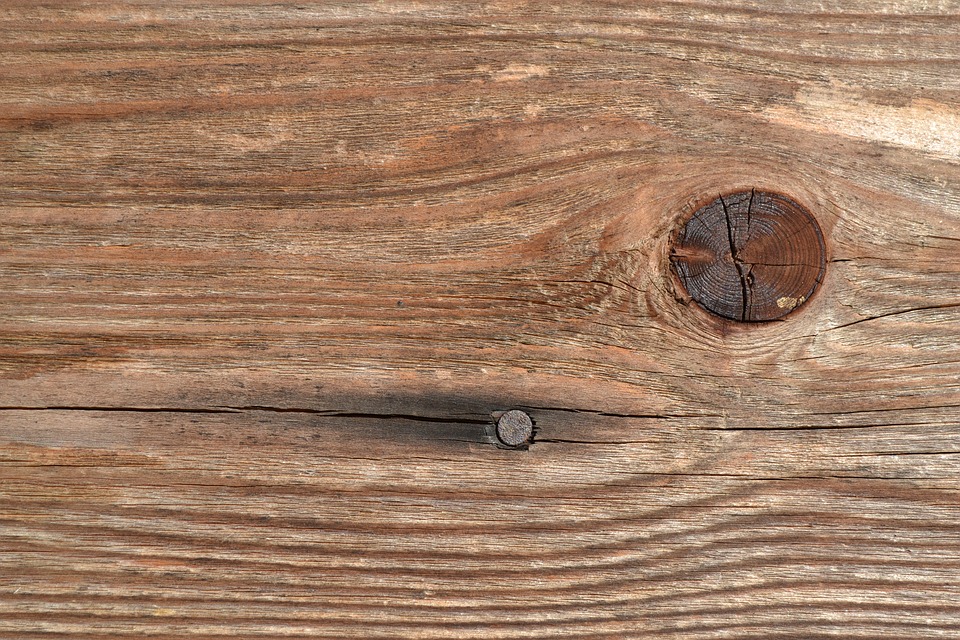Why does my timber crack?

One question a lot of people have when it comes to timber materials is “why does my timber crack?”.
Whether it’s warped, split or cracked, people want to be sure that their materials are going to be appropriate for the usage they have in mind. It is important to note that, because you see cracks or splits in your timber, this does not mean it is faulty or unfit for purpose. Here, we’ll explain the causes of splitting and how you can limit it.
Why does wood crack, warp or split?
All material will have some sort of expansion and contraction in relation to the place it’s located and installed. Sometimes this isn’t noticeable or any reason for concern, but with timber, as an organic material, there are often visible signs of this cracking, splitting or warping.
A lot of this alteration in your material will be due to water. All timber has a certain amount of retained water, and the elements will also play their part. Fluctuations in temperature and moisture levels, both in the atmosphere and in the wood, will cause the material to expand and contract. Over time, this can result in the kind of cracking you’ve seen.
The cut of the grain, the thickness of the wood and the level of pressure applied to the wood will all play a part in why and when it will split, something which is different for each type of timber. You can also bring in the age of the wood and where it’s been kept since being cut – since older wood, left in wet conditions, could lose integrity quicker.
When does wood split?
The outdoor elements are usually the most common reason behind splitting of wood. Rain, wind, exposure to the heat of the sun and freezing temperatures will mean your material going through a lot of change.
Yet, indoor timber is not immune to cracking. While it may not have to face up to as many fluctuating elements as your outdoor structures, it will still see changes. Warmer and cooler temperatures are usually part of this, as well as moisture levels; a timber door used for a bathroom or kitchen, for example, will be more likely to split if left untreated.
How can I prevent my timber from splitting?
The first thing to remember is, as explained in the opening part of this article, that splitting or cracking on timber is normal and does not mean that the integrity of the wood has been compromised. As a natural material, this is bound to happen at some point.
If you want to minimise this for aesthetic reasons – and some people find the natural splitting or cracking of wood adds to the look and feel anyway – then treating the timber is your best bet. This is recommended in most applications, but you can always ask our expert team at E D Elson about the timber we supply and what type of treatment it requires.
You can also buy seasoned timber, which is more robust, from our depots. Or, to find out more about our timber and how best to treat it for different applications, contact us today – we have decades of experience as local, expert timber merchants in St Albans and the surrounding areas.

